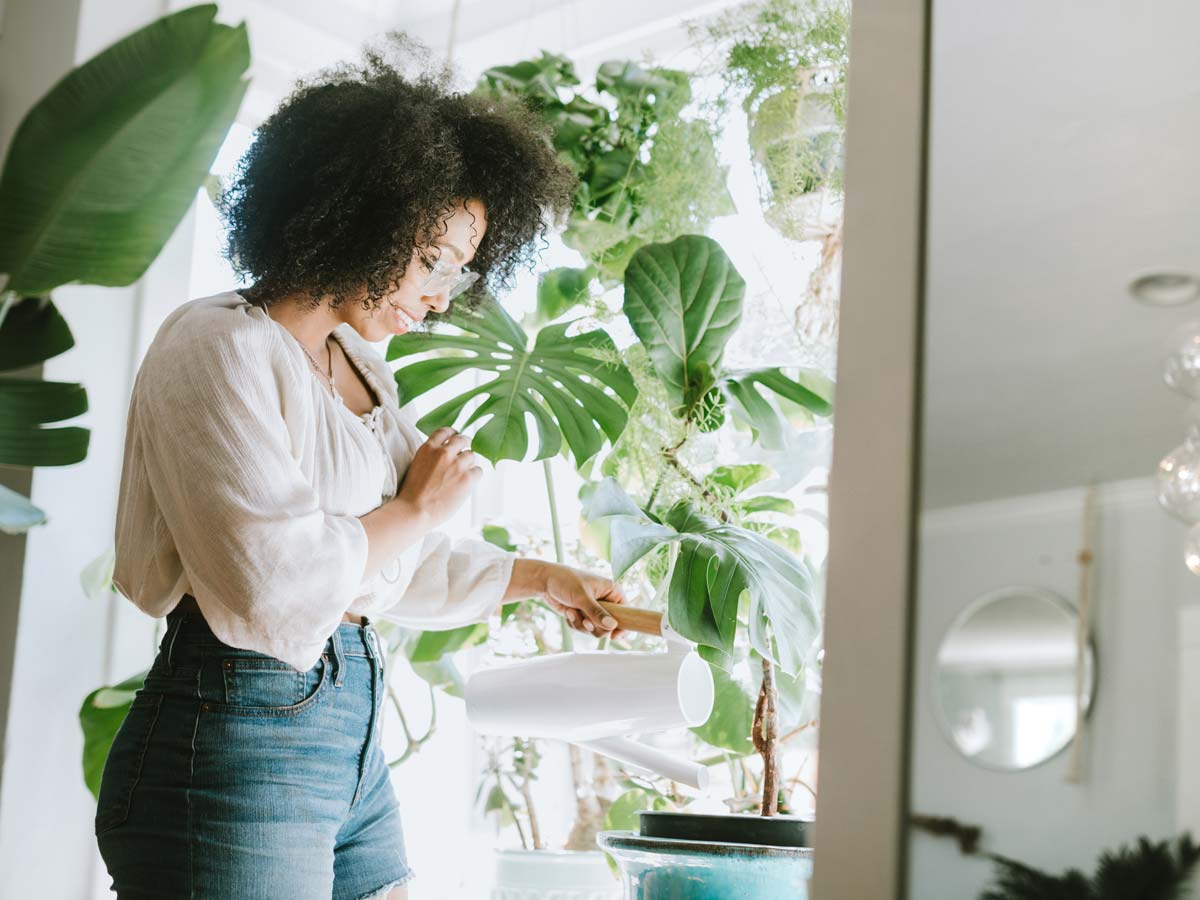We Canadians spend a lot of time inside, especially during the cold season, so improving your indoor air quality is important. Below are 12 steps you can take to breathe healthier air inside your home.
- Leave the windows open when you clean: As you rid your home of dust particles, allergens and other toxins, it can temporarily worsen your indoor air quality. Let fresh air flow through open windows as much as possible. Open the windows and place fans strategically to help direct air through your home.
- Improve ventilation: Your furnace and air conditioner recirculate indoor air, which can be stale and unhealthy. To improve air circulation, leave windows and doors open, use exhaust fans and consider adding a filtration system to your HVAC system. When painting, varnishing and deep cleaning, it’s especially important to ventilate your home.
- Keep your home clean: Eliminate bacteria, toxins and allergens by cleaning, mopping and dusting your home regularly. When you clean, try to avoid using harsh chemicals, opt instead for natural products.
- Use a HEPA filter on your vacuum: A HEPA (high-efficiency particulate air) filter can remove almost all the airborne toxins, dust and allergens that accumulate in your home. You can even buy portable HEPA filters or install one on your furnace.
- Air out your dry cleaning: Dry cleaning uses a chemical called perchloroethylene (PERC) which can leach into the air in your home. Exposure to large amounts of this chemical can affect the central nervous system, cause respiratory tract irritation, or worse. Air out your dry cleaning before bringing it inside or try to find an environmentally friendly dry cleaner.
- Use exhaust fans: Your kitchen fan can safely vent cooking by-products, and the bathroom fan helps remove wetness and cleanser fumes from the air. Leave them running for at least 30 minutes.
- Take off your shoes at the door: Use door mats to collect outdoor pollutants before they are tracked inside – and make sure you and your guests remove shoes at the door. Shoes can harbour lawn and garden chemicals, as well as bacteria.
- Test for radon and lead: Radon is a colorless, odourless gas that can leak into your home and cause damage to lung tissue. Fortunately, DIY test kits are readily available and easy to use. Also, paint manufactured before 1976 can contain lead, which is toxic. Test for lead on painted walls built before 1976 before beginning any painting or sanding projects.
- Avoid commercial air fresheners: They might smell nice, but they can release toxins that irritate lungs and can be especially harmful to pets. Choose natural scents like soy candles and essential oils.
- Take it outside: Painting, sanding, gluing — anything that generates gases or other pollutants – should be done outside. Or at least open a nearby window and add a fan blowing air out. Clean up after your project right away.
- Control dampness and humidity: Mould caused by dampness can go airborne. Use a dehumidifier and empty it often. When showering, use an exhaust fan to reduce humidity.
- Keep lots of house plants: These are known to purify the air, eliminate toxins and provide additional oxygen. Here’s a quick list of some of the most beneficial house plants.

